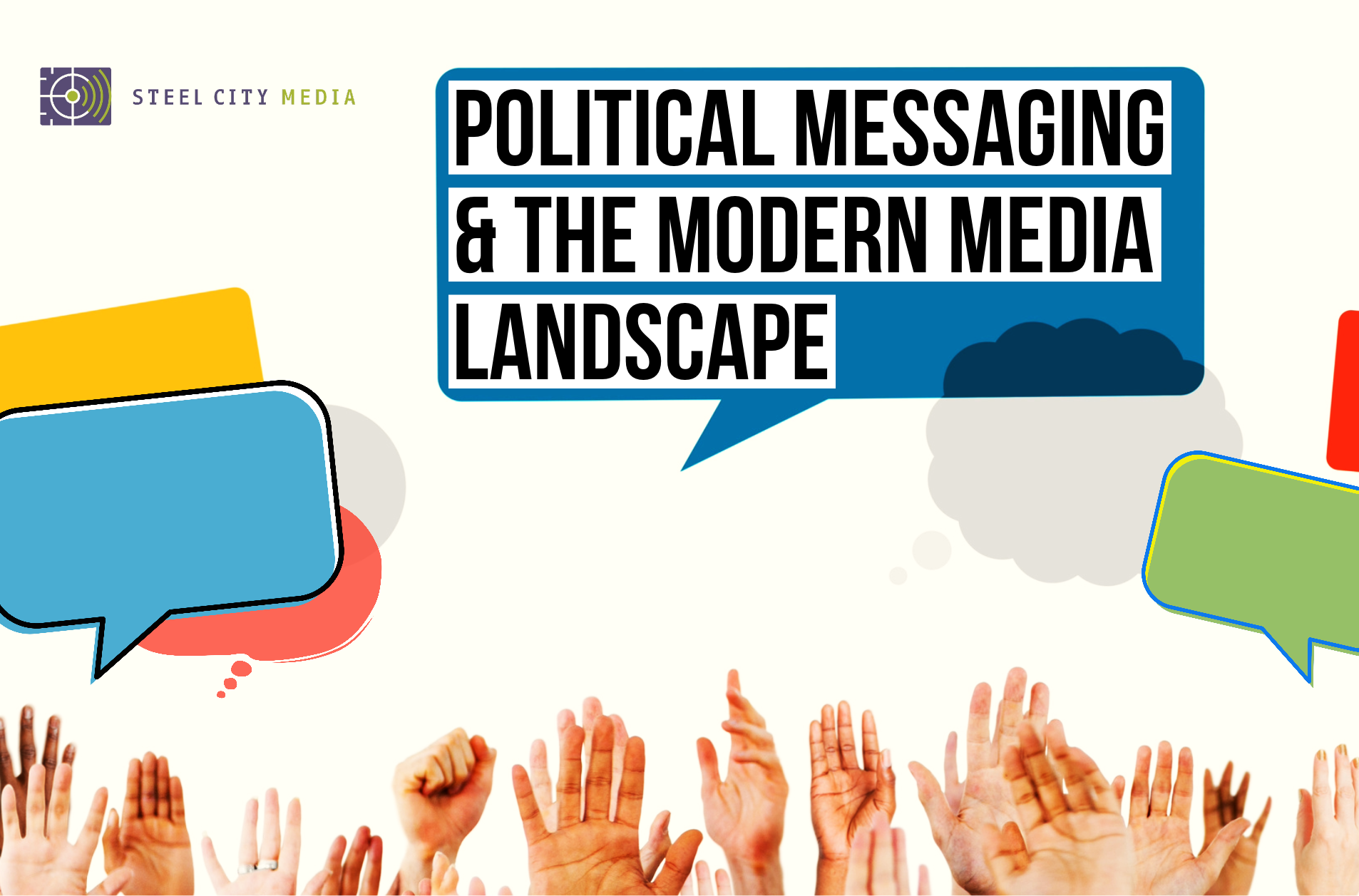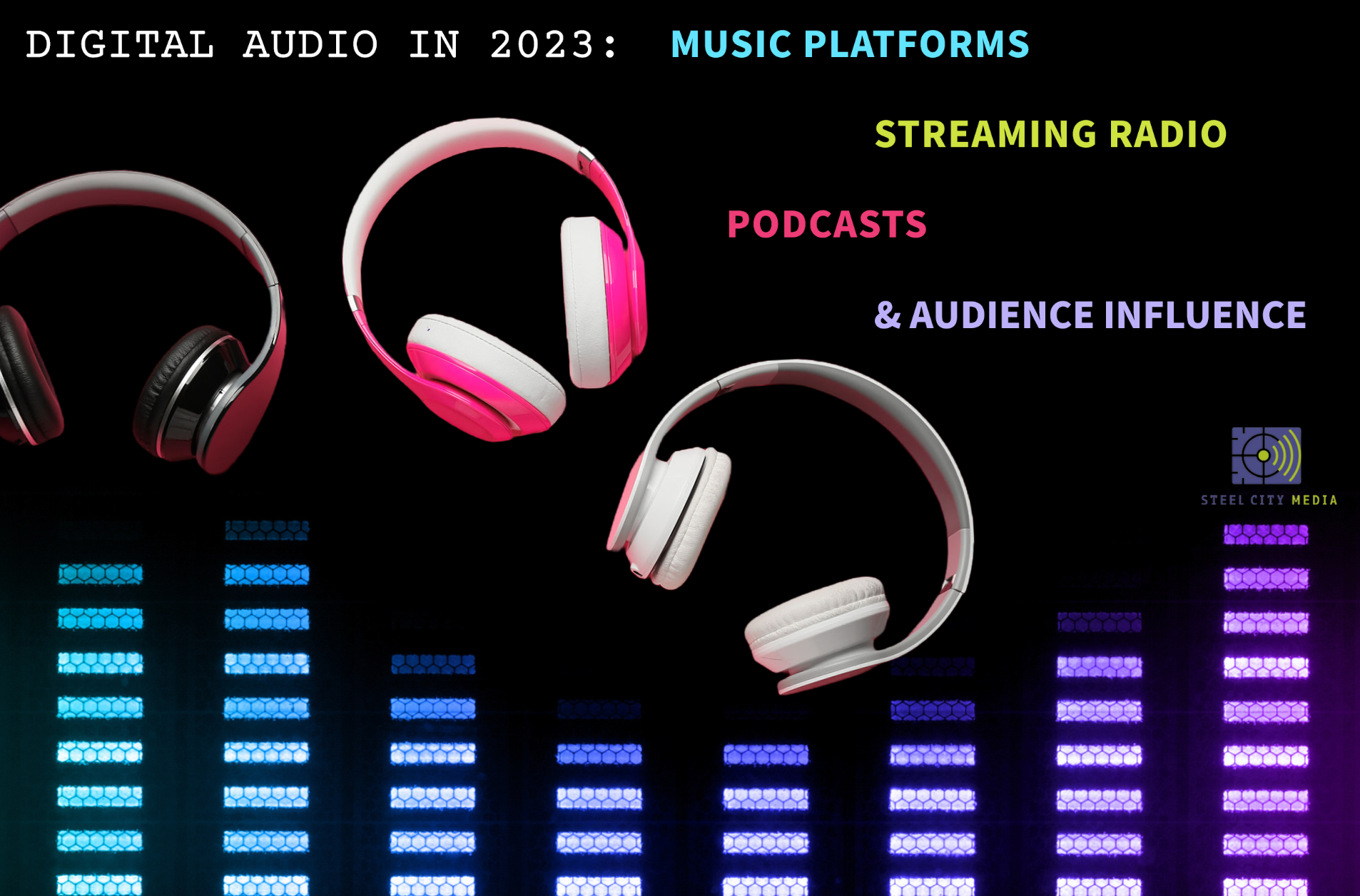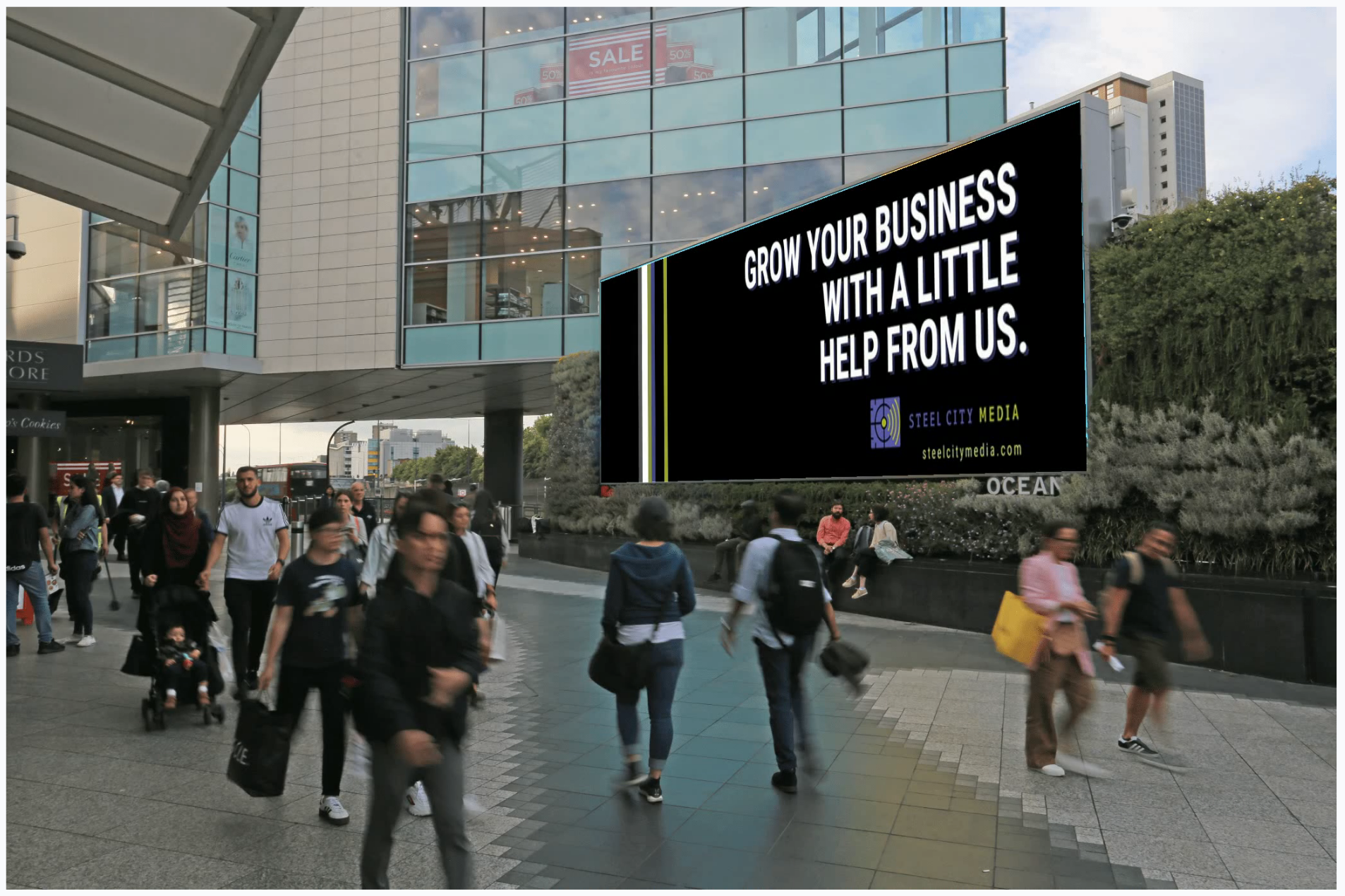
Advancing Dynamic Tactics in Political Advertising
September 1, 2023 | Katelynd Gibbons
In the lead-up to major elections, public attention is often drawn to the most polarizing aspects of political messaging. While big spending and overt strategies are evident, the idea that big static billboards, long-form television appeals, and smear tactics are part and parcel to political advertising is far from the truth. In actuality, the heart of political advertising lies in its capacity to inform the voting public about crucial issues and how a candidate plans to represent their interests as a governing official. Simply put, advertising is a vital component of any candidate’s overall campaign, offering them the opportunity to convey their message directly through various channels, including traditional media and newer avenues such as programmatic display, social media, video pre-roll, and email (to name a few). It is a critical method to connect with potential constituents who want to know who is vying to represent them, why, and how they intend to make decisions if elected.
Running ads on a variety of media platforms allows candidates to build awareness, emphasize the issues central to their campaign, and engage audiences who may not have been actively following the election. Recent shifts in the advertising landscape have profoundly impacted political engagement. As attorney Lata Nott writes for the American Bar Association’s Human Rights Magazine: “In the past, the vehicles for political ads were newspapers, direct mail, radio, and television. In 2008, Barack Obama became one of the first candidates to use social media advertising in his campaign. That year, 2008, candidates spent a total of $22.25 million on online political ads. Since then, online political advertising on has exploded—in 2016, candidates spent $1.4 billion on them.”[1] The trend has continued full force, with campaign finance data indicating an even more dramatic shift in future spending: “Campaigns spent over three times more on digital political ads in the 2019-2020 election cycle than was spent in the 2016 cycle. While some of that increase may be due to a crowded race for the Democratic presidential nomination, state and local campaigns are also getting in on the digital action.”[2]
It makes sense that state and local campaigns took advantage of newer digital tactics — while presidential elections garner a lot of due attention, local politicians and political hopefuls need to be ambitious about their campaigning as well, and they have to be prudent about advertising spending. In addition to attending public events and networking within their local communities, candidates for local public office have a unique opportunity to reach potential voters through advertising on online platforms. This approach allows them to showcase their stance on important issues to target audiences, while also harnessing the broad local reach of traditional media, such as broadcast television and radio.
The landscape of U.S. political advertising has evolved significantly over the years. While digital platforms have become central to outreach, awareness, and shaping public discourse, traditional advertising methods continue to wield significant influence. As Statista research has found, “Broadcast ranked as the primary medium for political advertising in the United States, with a projected share of 51.5 percent of the total political ad spending in 2022.”[3] According to Ad Impact research, “Radio reaches 82% of all swing voters…an audience that matters most.”[4]
Considering the many avenues available to reach the electorate, here's a quick overview of a few key methods to build awareness and deliver political messaging:
Radio:
Traditional broadcast radio retains its importance in political advertising. It offers the flexibility of using various ad lengths and building recognition through ad frequency in key campaign areas, making it a vital component of political campaigns. In addition, the advent of streaming radio has opened up new avenues, allowing political campaigns to reach even more listeners.
Television:
Broadcast television continues to be a strong component of political campaigns. Candidates and political groups purchase airtime to broadcast campaign ads, which enable them to highlight their positions and convey messages to a broad audience.
Display Advertising:
Display ads appear on websites and apps and can include banners, videos, and interactive content. Campaigns use these ads to raise awareness, promote specific issues, and drive traffic to their websites. Utilizing data analytics, campaigns can identify specific voter segments based on demographics, voting history, interests, and behaviors, allowing them to create messages that resonate with specific groups.
Social Media:
Candidates and campaigns use platforms like Facebook, Twitter, Instagram, and others to target specific demographics with tailored ads. Online ads can be interactive, engaging, and shareable, and they offer real-time engagement with voters. Beyond paid advertising, candidates engage with voters by posting updates, sharing videos, participating in discussions, and responding to comments, thereby creating a direct channel for communication.
Video Pre-Roll:
Video content is a powerful way to convey messages, tell a candidate's story, and connect emotionally with voters. Platforms like YouTube can be particularly effective for gaining exposure through short videos that play before a viewer’s chosen content.
Email Marketing:
Campaigns collect email addresses from supporters and potential donors and use email marketing to communicate updates, fundraising appeals, and calls to action. Email campaigns can be personalized and segmented based on recipient interests and behaviors.
To ensure they can effectively reach a wide audience of potential supporters, candidates should employ a mix of tactics. Relying solely on email marketing or only using television ads limits reach and potential engagement. Integrating the internet's immediate reach, precise audience targeting capabilities, and interactive features with the established impact of local broadcast media forms a dynamic strategy for fostering awareness, highlighting the candidate's qualities and viewpoints, and motivating the audience to take meaningful action.
Strategic political advertising serves to educate voters about policy positions, raise awareness about important issues, and use creativity and authentic messaging to showcase why a candidate deserves consideration. In the United States, political advertising has adapted to the changing media landscape, and successful campaigns employ a mix of traditional and digital strategies to reach voters, convey messages, and mobilize support. It is a testament to the evolving nature of political communication in a rapidly changing world.
[1] Lata Nott, “Political Advertising on Social Media,” Human Rights Magazine, Vol. 48, No. 4: The End of the Rule of Law, June 25, 2020, https://www.americanbar.org/groups/crsj/publications/human_rights_magazine_home/voting-in-2020/political-advertising-on-social-media-platforms/.
[2] National Conference of State Legislatures, "Digital Political Ads," NCSL Campaign Finance Resources, February 17, 2023, https://www.ncsl.org/elections-and-campaigns/digital-political-ads.
[3] Michele Majidi, "U.S. political ad spending for midterms 2022, by medium," Statista, January 6, 2023, https://www.statista.com/statistics/1333400/us-political-ad-spending-midterms-by-media-type/.
[4] "Off-Year Cycle Spending by Week (2020 vs. 2024),"
AdImpact, https://adimpact.com/2022-political-spending-projections.; "New Study Underscores Local Radio’s Impact for Political Candidates,"
Cumulus Media, September 6, 2022, https://www.globenewswire.com/en/news-release/2022/09/06/2510851/9032/en/New-Study-Underscores-Local-Radio-s-Impact-for-Political-Candidates.html.





